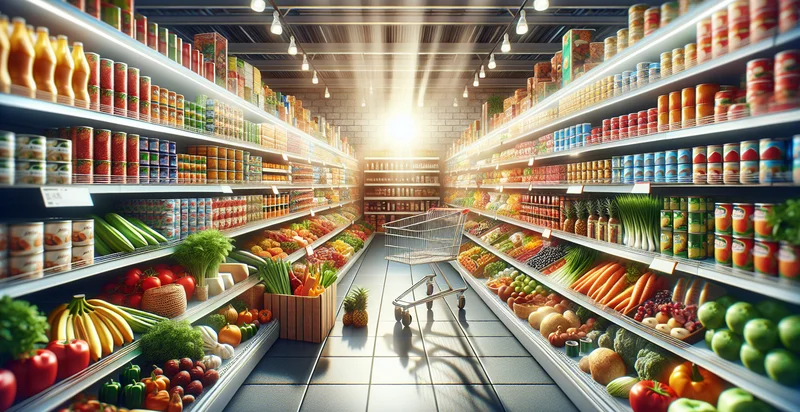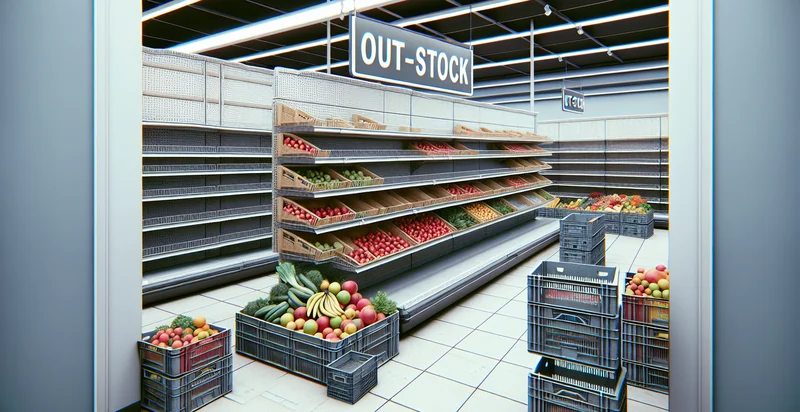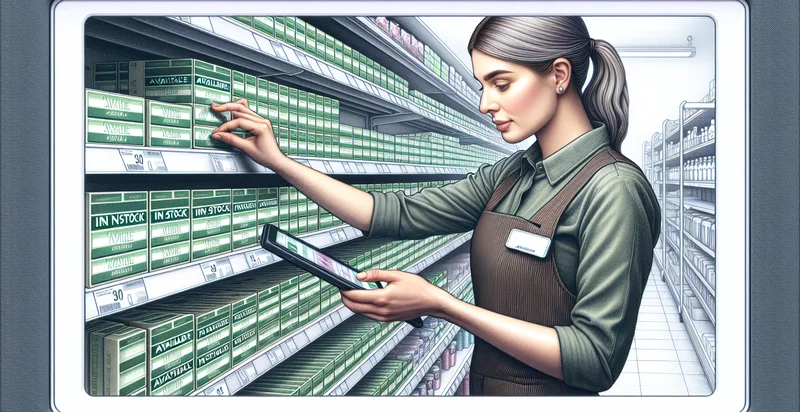Identify if food is in-stock
using AI
Below is a free classifier to identify if food is in-stock. Just upload your image, and our AI will predict if food is in stock - in just seconds.

Contact us for API access
Or, use Nyckel to build highly-accurate custom classifiers in just minutes. No PhD required.
Get started
import nyckel
credentials = nyckel.Credentials("YOUR_CLIENT_ID", "YOUR_CLIENT_SECRET")
nyckel.invoke("if-food-is-in-stock", "your_image_url", credentials)
fetch('https://www.nyckel.com/v1/functions/if-food-is-in-stock/invoke', {
method: 'POST',
headers: {
'Authorization': 'Bearer ' + 'YOUR_BEARER_TOKEN',
'Content-Type': 'application/json',
},
body: JSON.stringify(
{"data": "your_image_url"}
)
})
.then(response => response.json())
.then(data => console.log(data));
curl -X POST \
-H "Content-Type: application/json" \
-H "Authorization: Bearer YOUR_BEARER_TOKEN" \
-d '{"data": "your_image_url"}' \
https://www.nyckel.com/v1/functions/if-food-is-in-stock/invoke
How this classifier works
To start, upload your image. Our AI tool will then predict if food is in stock.
This pretrained image model uses a Nyckel-created dataset and has 2 labels, including In Stock and Out Of Stock.
We'll also show a confidence score (the higher the number, the more confident the AI model is around if food is in stock).
Whether you're just curious or building if food is in-stock detection into your application, we hope our classifier proves helpful.
Related Classifiers
Need to identify if food is in-stock at scale?
Get API or Zapier access to this classifier for free. It's perfect for:
- Inventory Management: The 'if food is in-stock' identifier can help businesses automatically monitor their inventory levels in real-time. This function ensures that stock is replenished promptly, reducing the risk of running out of popular food items.
- E-commerce Optimization: Online grocery retailers can leverage this image classification function to enhance their product listings. By identifying stock levels, the system can dynamically display available items, improving the customer shopping experience and reducing cart abandonment.
- Supply Chain Coordination: Food distributors can utilize the identifier to streamline their supply chain processes. By providing real-time visibility into stock levels, companies can optimize ordering schedules and reduce excess inventory, leading to cost savings.
- Shelf Management: Supermarkets can implement this technology to monitor in-store food stock visually. This helps ensure that popular items are always available on shelves, maximizing sales opportunities and minimizing customer frustration.
- Automated Reordering: Restaurants and food service providers can set up automated reordering systems based on the identifier's output. When food items are identified as low in stock, the system can trigger purchase orders, guaranteeing that essentials are always on hand.
- Demand Forecasting: The image classification function can assist food producers in demand forecasting by analyzing stock levels alongside sales data. This enables more accurate predictions and helps manufacturers adjust production schedules to avoid overproduction or shortages.
- Waste Reduction Initiatives: By monitoring food stock closely, businesses can minimize waste from unsold or expired items. The identifier can help identify items that are nearing their expiration date, allowing for timely promotions or utilization in meal prep, addressing sustainability goals.


